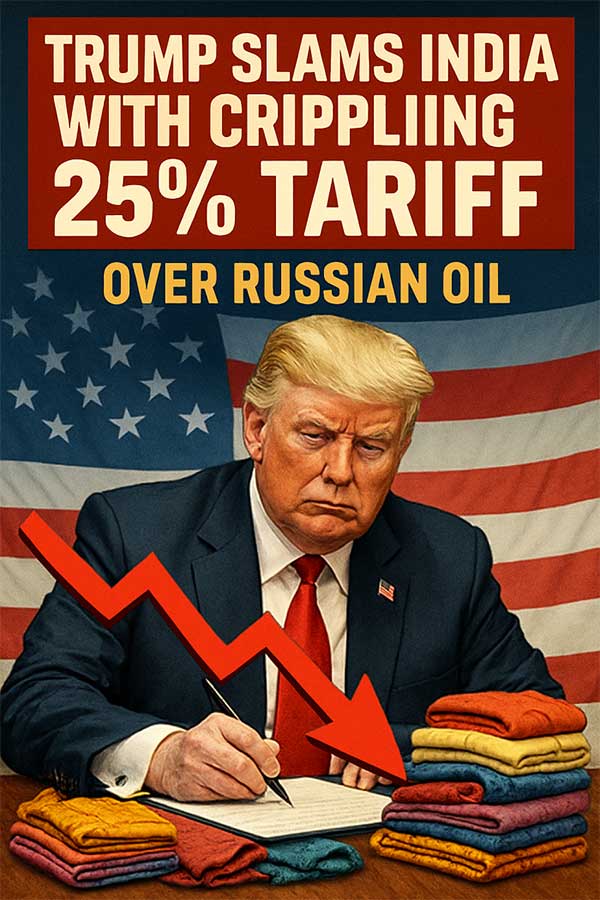
At first glance, the infographic from Eco TLC (now Refashion) looks like something out of an engineer’s fever dream, a maze of arrows, boxes, loops, and branching paths. “Have you understood anything? Me neither!” read a recent social media post alongside the diagram, echoing the bafflement of many first-time viewers. Yet behind this visual labyrinth lies a powerful truth: the textile recycling ecosystem especially for specialized, “technical” fabrics is complex, often inefficient, and urgently in need of a circular overhaul.
The evolution of the refashion map
The diagram in question, developed by Eco TLC before its transformation into Refashion, France’s official eco-organization for managing the end-of-life of textiles, linens, and footwear, is far more than a jumble of lines. It is, in fact, a meticulous map of textile afterlives, reflecting years of research, stakeholder collaboration, and data gathering. Its complexity mirrors reality. From humble cotton shirts to fireproof industrial uniforms, each textile follows its own journey once discarded. And that journey is rarely straightforward.
Zone 1, sorting for a second life
The infographic’s first ‘zone’ is all about preparation the moment when collected textiles are given a fighting chance at survival.
Sorting and categorization is the first stop where materials are separated by fiber type, blend, and condition. This isn’t busywork; accurate sorting dictates whether a textile can be reused, mechanically recycled, or must face more energy-intensive processes.
Reuse channels offer the greenest path garments in good condition become second-hand clothes, industrial wiping rags (‘hiffons d’essuyage professionnels’), or creatively upcycled goods (‘assemblages de coupons’). For items that can’t be worn again, there’s fibre preparation or shredding (effilochage) or defiberizing (défibrage) them to recover usable fibers for the next stage.
Zone 2, transformation into new materials
Once prepared, textiles enter the second zone that is transformation. Here, technology takesover.
Mechanical recycling: Processes like carding (cardage) and spinning (filature) turn old fibers into new yarns for clothing, geotextiles, or insulation.
Chemical recycling: Depolymerization and enzymatic dissolution can break synthetic fabrics back into their molecular building blocks, producing virgin-quality fibers, which is a lifeline for polyester-heavy waste streams.
Composite & industrial uses: Recycled fibers can be pressed, molded, or granulated into everything from building insulation to automotive interiors. In some cases, textile waste is even used as solid recovered fuel, a less sustainable last resort.
The circular loops at the diagram’s heart show the gold standard that is textile-to-textile recycling, where fabrics are reborn indefinitely without depleting virgin resources.
When the fabric fights back, the PPE problem
The system already strains under the complexity of conventional garments. Add technical textiles like PPE (Personal Protective Equipment) fire-resistant jackets, waterproof workwear, multi-layered safety gear and things get far harder. These materials, engineered to be nearly indestructible, stubbornly resist breakdown. As a result, almost 90 per cent of PPE ends up incinerated or landfilled despite its durability. The very qualities that make them life-saving in the workplace make them a nightmare for recyclers.
Beyond infrastructure a culture shift
The Refashion diagram’s accompanying text asks a deceptively simple question: “What if we thought before throwing it away?” This reframes the conversation. Recycling isn’t only about high-tech facilities; it’s also about frontline responsibility from individuals to corporations. Practical steps include:
• Inventory your waste which means know what’s being discarded.
• Think internal reuse that is could a uniform too worn for public use, be repurposed for in-house tasks?
• Repair first as it extends an item’s life before replacing it.
• Transform creatively this involves upcycling materials into different products, even for unrelated uses.
Thus the textile economy today largely follows a take-make-dispose path. The Refashion diagram however intimidating at first is a visual blueprint for change. Moving toward a viable circular model means designing for end-of-life from the start, creating infrastructure for hard-to-recycle materials, and embedding repair, reuse, and upcycling into corporate and consumer habits.
The map may look chaotic, but its message is crystal clear: every arrow represents a choice, every loop a chance to keep fibers alive. In the textile world’s complex web, the challenge isn’t just to untangle the threads — it’s to keep them spinning forever.











